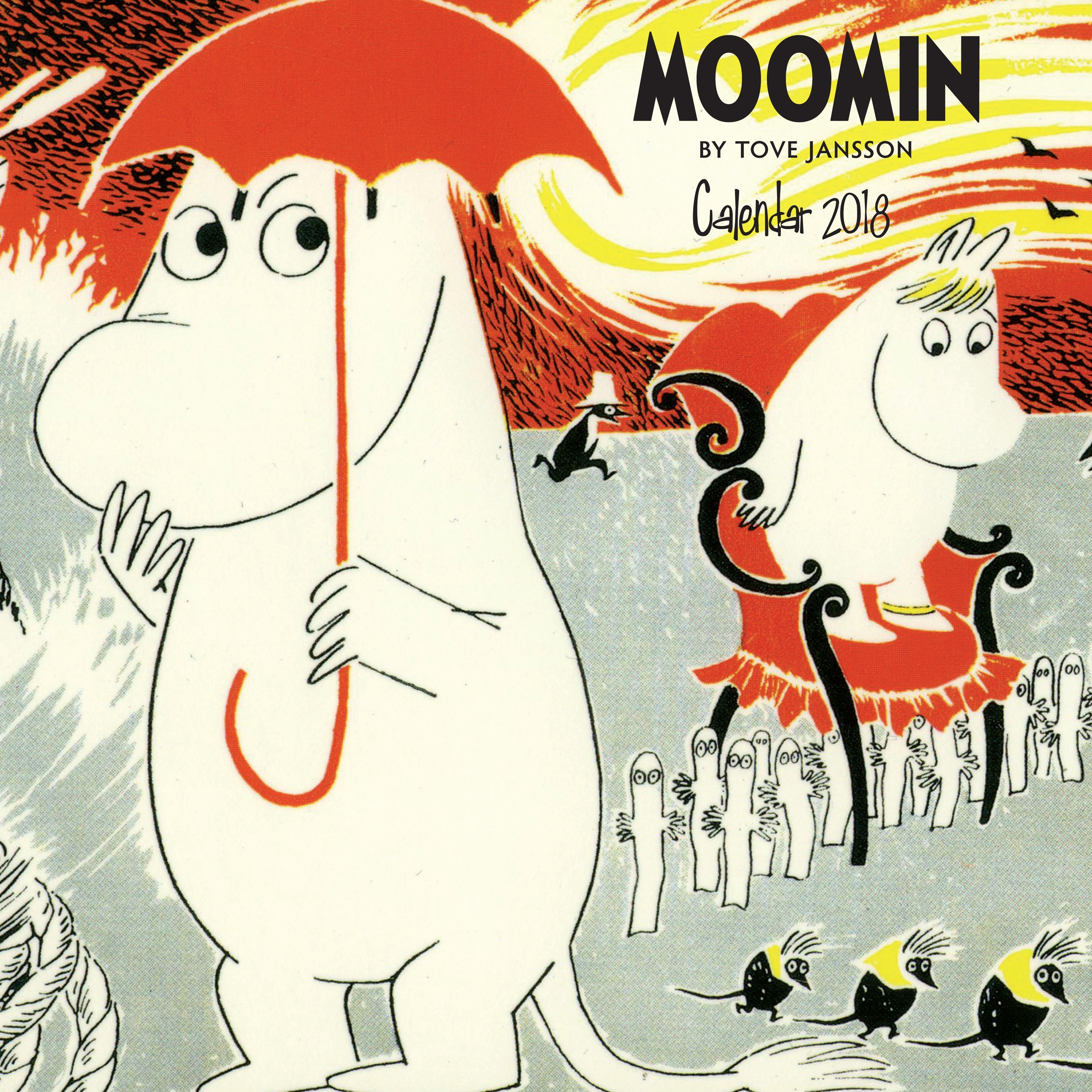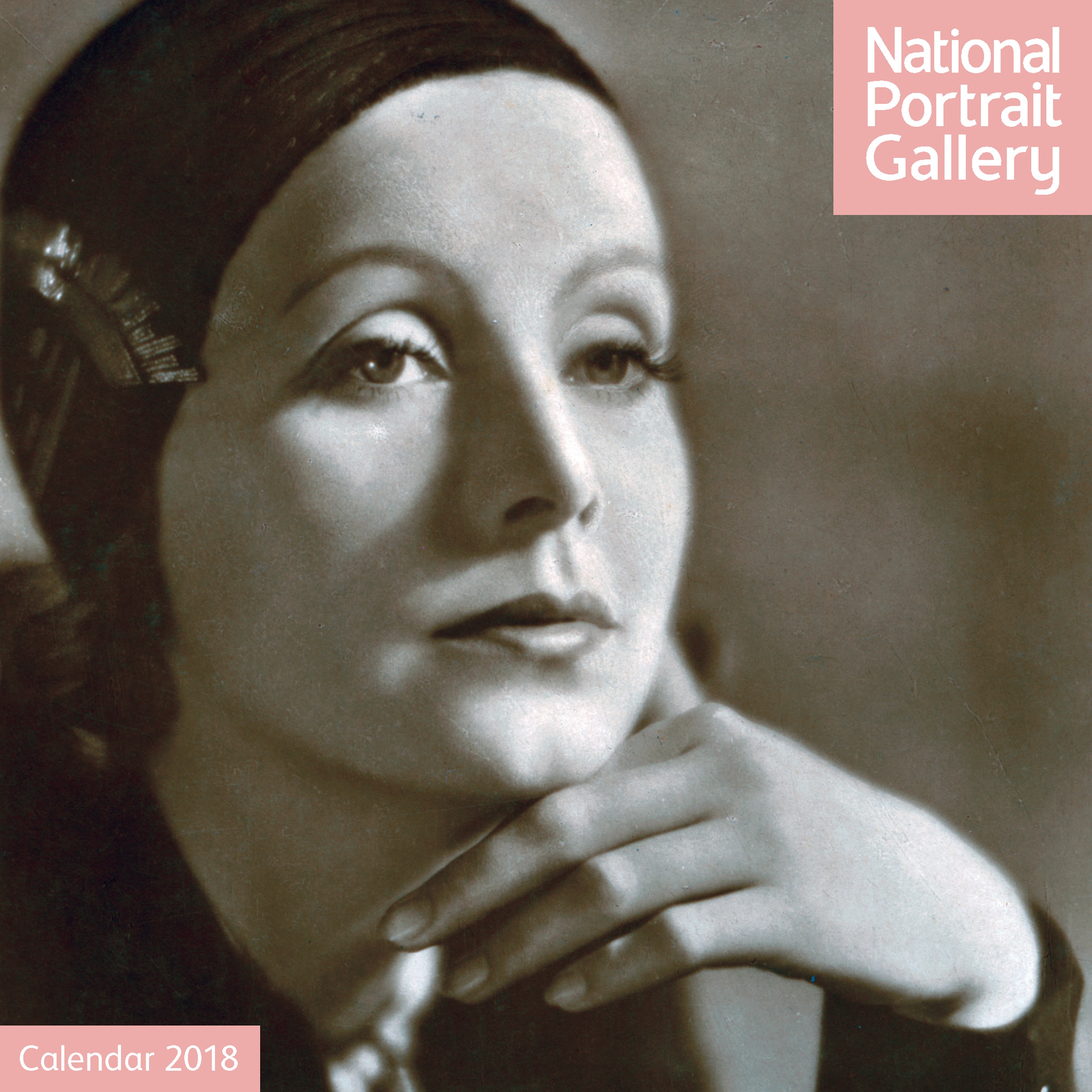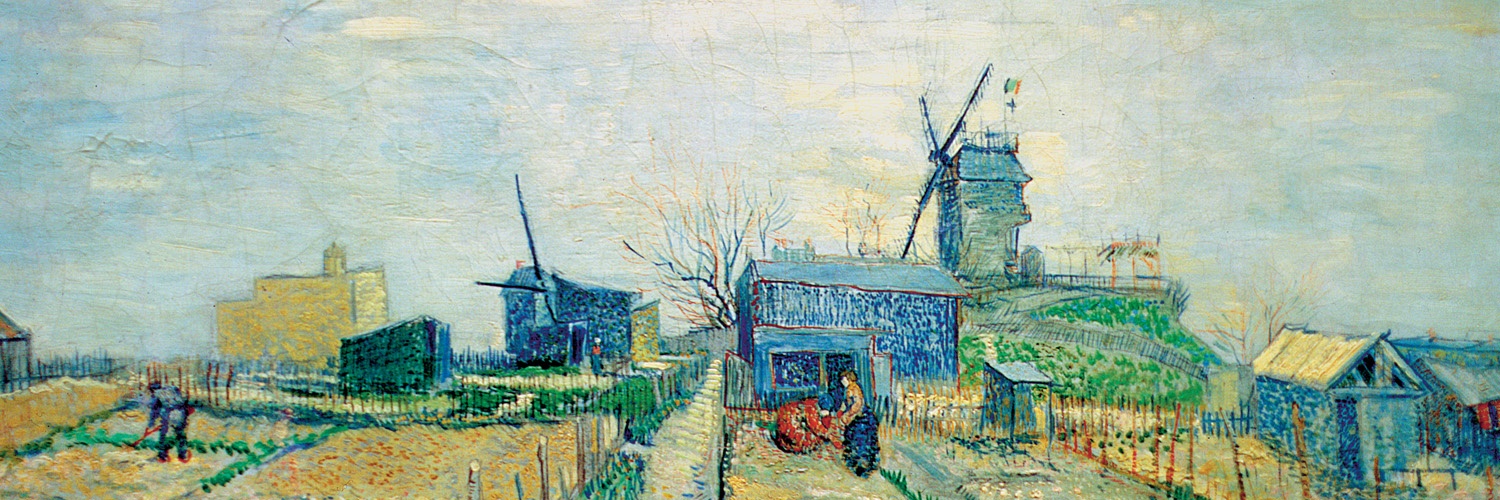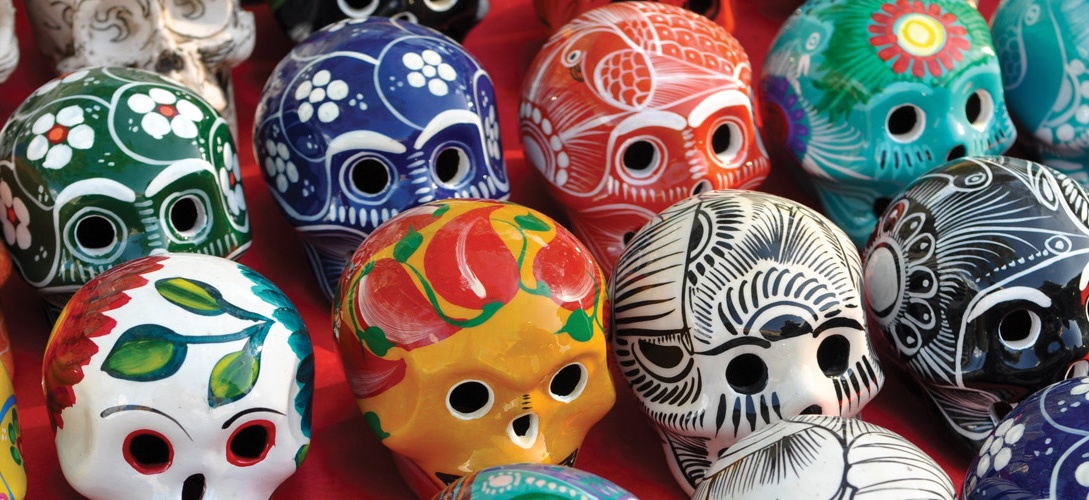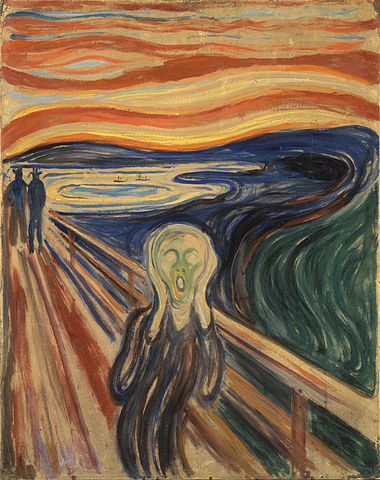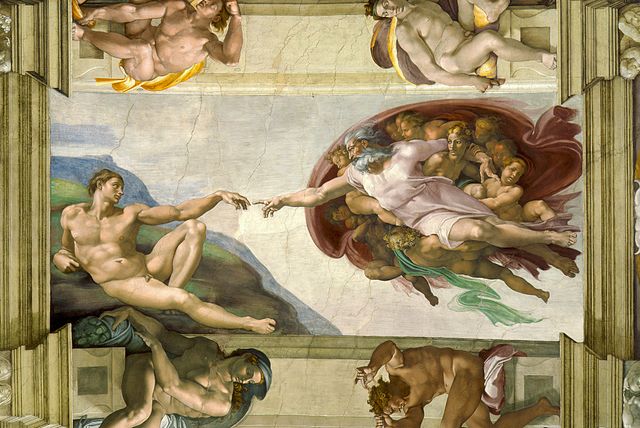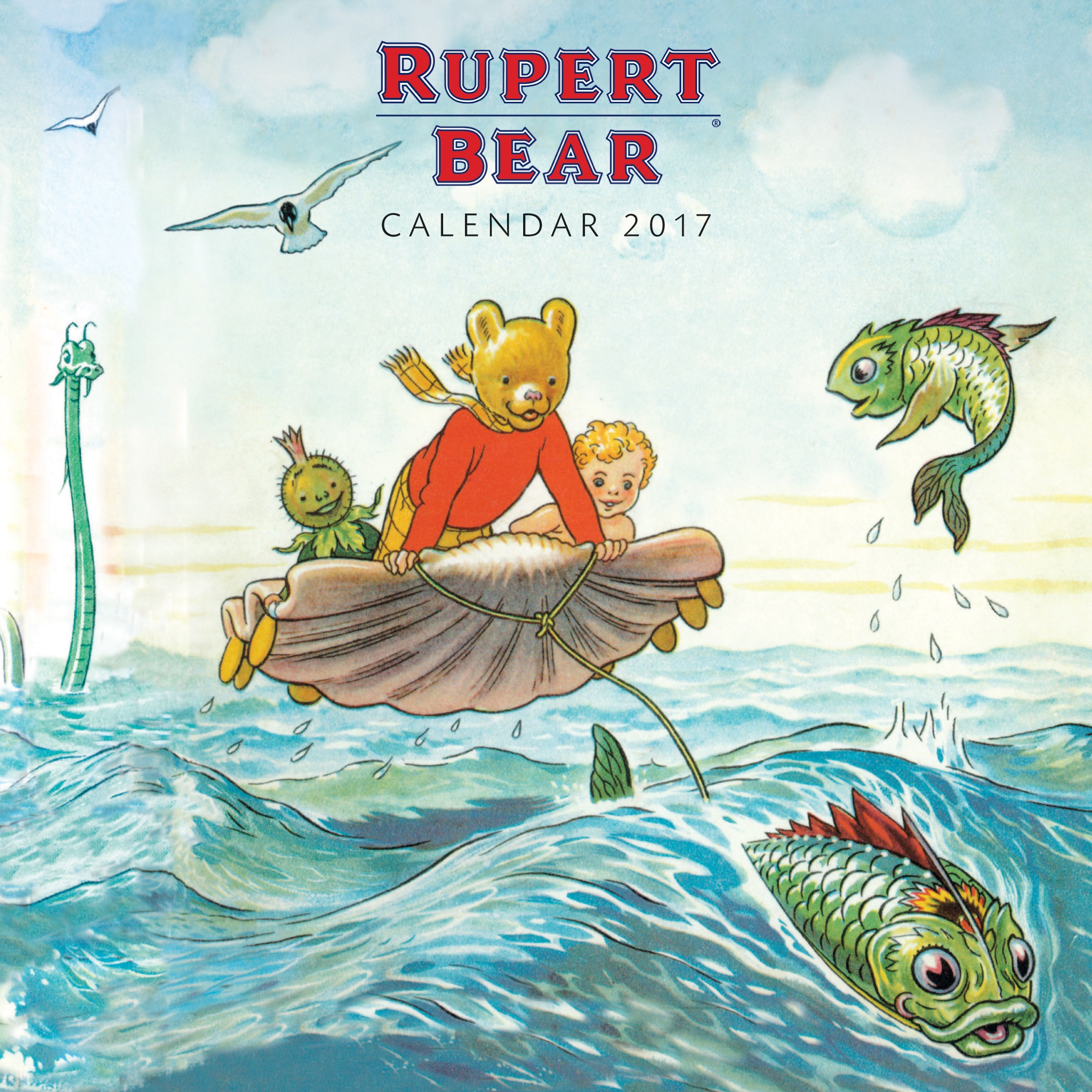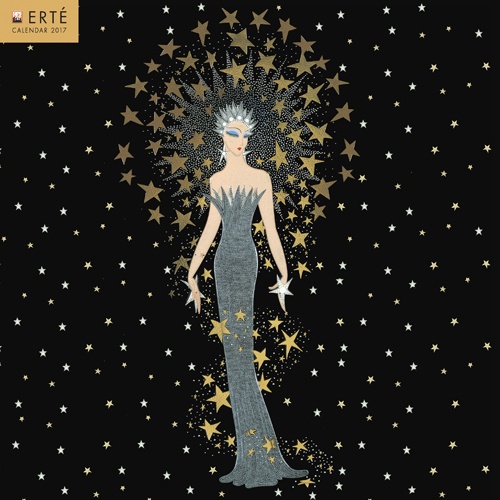Similar to
Fresco, Tempera was a medium popular among
Renaissance painters before the emergence of oil painting. The popular medium for religious-themed works, these paintings were often done in neutral tones to reflect the nature of their subjects. Such famous works as Botticelli’s
Birth of Venus and Leonardo da Vinci’s
The Last Supper are among the most well-known tempera paintings today.
What is Tempera?
Broadly speaking tempera (Italian for ‘temper’) was a process that involved some sort of binding material (other than oil). Traditionally this was egg-yolk, a substance that was also extensively used in fresco painting, but any albuminous, gelatinous or colloidal material could be mixed with pigments to achieve similar results.
The terms fresco and tempera are sometimes used as if they were synonymous, but the distinction lies not so much in the mixture but the material to which it was applied. Thus tempera is more commonly associated with the paintings on mummy cases and papyrus rolls in pharaonic Egypt, or medieval paintings on ivory or wood panels, although some wall paintings in ancient Egypt, Knossos, Mycenae and Classical Rome probably relied on this technique.
Medium
Egg-yolk, sometimes diluted by a little vinegar, was the preferred medium, though a thin glue produced by boiling animal skins was also extremely effective, while Pliny mentions milk as a binding substance. Although tempera is mainly associated with relatively small paintings executed on wood panels, the paint was not applied directly on to the wood. The surface had to be prepared and this entailed a process that was not unlike the plastering of walls, but on a much smaller scale.

